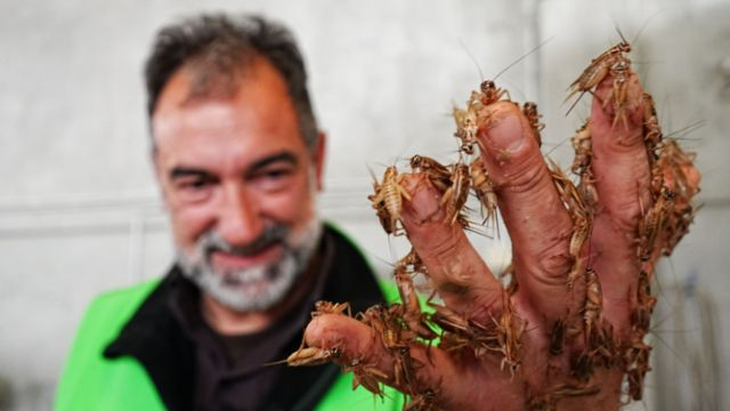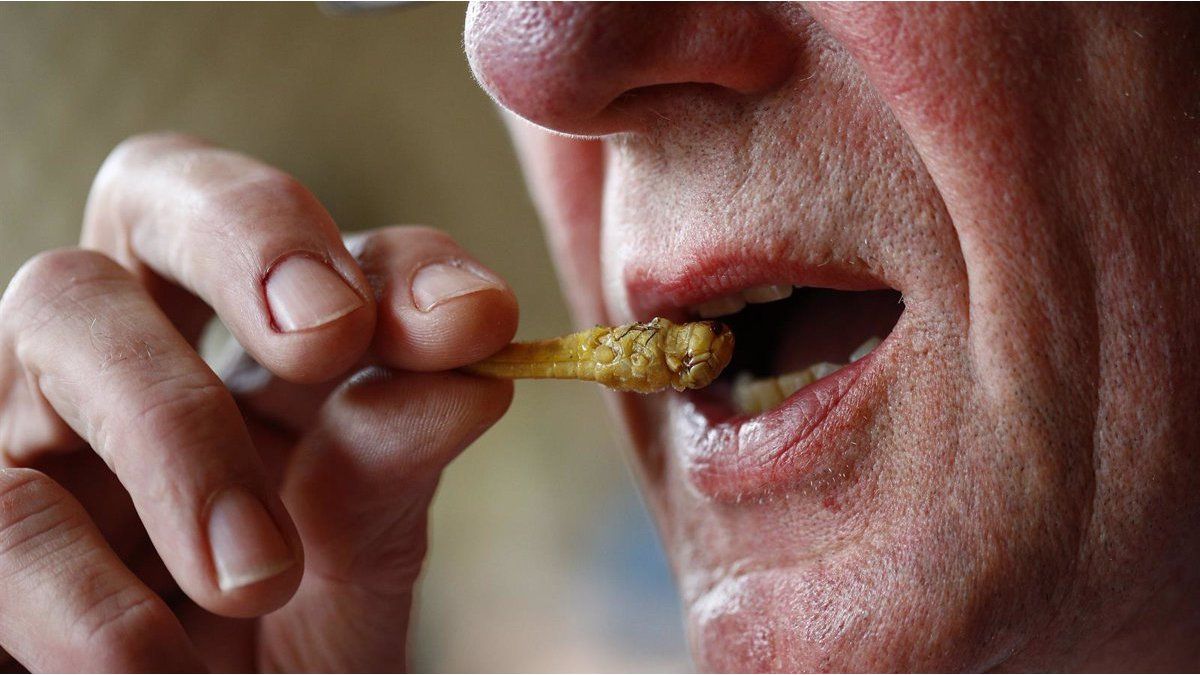An insect farm near the Italian Alps innovated with a special type of flour, which can be used for pasta, bread and various other preparations.
The new ways of eating reach unexpected limits. In this case, an insect farm near the Alps, in Italy, breeding crickets for use in food preparations. After being frozen, they are boiled and pulverized, to obtain a kind of flour that can be used in breads, pastas and more.
The content you want to access is exclusive to subscribers.
Although eating crickets and other similar insects is very common, especially in Asian countries, it is still not well regarded in other Western nations. However, the ways of thinking (and eating) are changing. So much so that, at the beginning of this year, the European Union (EU) authorized the sale of insects for human consumption.


image.png

The Italian Deputy Prime Minister, Matteo Salvinispoke out against this type of gastronomy and assured that “they will oppose this madness that would impoverish agriculture and culture.”
Ivan Albano, the chef in charge of one of the few places that use this type of flour, explained that the system is much more sustainable than the traditional “To produce a kilo of cricket powder, we only use about 12 liters of water, while to produce the same amount of protein from cows, it takes thousands of liters more“, he assured.
Crickets, the new “superfood”?
Insect breeding also requires only one small fraction of the land used to produce meat. Given the pollution caused by the livestock and dairy industries, more and more scientists believe that insects could be key to stop climate change.
In addition to the environmental issue, cricket dust would be a superfood packed with vitamins, fiber, minerals and amino acids. A dish with this ingredient contains higher sources of iron and magnesium than a traditional beef steak. However, the main problem is the price that present this type of dishes.
“If you want to buy cricket-based food, it will be expensive,” explained Iván. “Cricket flour it is a luxury product. It costs about US$66 per kilogram. If you take cricket pasta, for example, a packet can cost up to $9,” she added. This is approximately up to eight times what a normal pasta costs in the supermarket.
Source: Ambito




